Sigma 15mm F1.4 DG DN | ART Fisheye Review
Dustin Abbott
February 26th, 2024
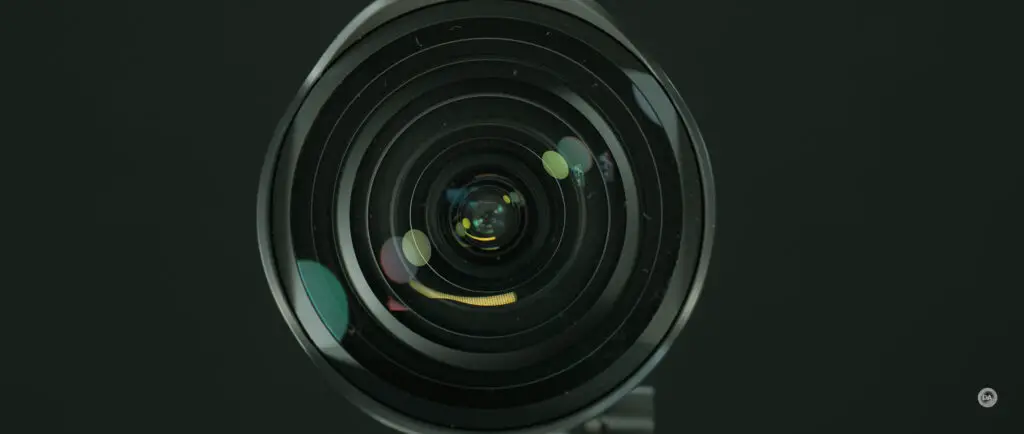
Sigma has long been a company willing to take risks and to do things in their designs that no one has. Their newest lens is one of the most extreme (and niche!) yet, and as such boasts a few “firsts”. This is the first autofocusing fisheye lens on Sony E mount (or L-mount, for that matter). Both Canon and Nikon have done autofocus fisheye lenses before, but nothing on Sony. It is also the world’s first full frame (35mm) diagonal fisheye lens with an F1.4 mount. Most fisheye lenses are manual focus, inexpensive, and relatively small. Sigma has gone the exact opposite direction, as their new Sigma 15mm F1.4 DG DN | ART fisheye is huge, heavy, and expensive ($2000 USD). So who is it for? I asked Sigma, and the response was A) astrophotographers (much like the 14mm F1.4 ART) and B) those looking for a high performance fisheye look who can benefit from a larger aperture, which could include concert shoots, underwater (using a housing, obviously), and other dim lighting scenarios (action sports, perhaps?) It’s clear that this lens is not for everyone, but is it for you? Explore that notion in either my video review below or by reading on.
Follow Me @ YouTube | Patreon | Instagram | Facebook | DA Merchandise | Flickr | 500px | X
Thanks to Sigma Canada (Gentec) for sending me a review loaner of this lens. As always, this is a completely independent review. *The tests and most of the photos that I share as a part of my review cycle have been done with the Sony a7RV along with the Sony Alpha 1 that serve as my benchmark cameras for Sony lenses.
__________________________________________________________________________________________________
As noted, this is an extreme instrument. The incredible 180° angle of view bests even the recent Laowa AF 10mm F2.8‘s 130.6° angle of view, though that lens provides a very different rectilinear view of the world. I stood in the middle of a bridge that was roughly 12 feet (4 meters) wide and aimed the lens down at my feet. No only do my feet look far away, but the lens captured the full width of the bridge path and almost all of the rails around the edges of the bridge.

Prepare yourself for a LOT to be in the frame all the time with this lens!
The fisheye effect is the byproduct of extreme distortion. A rectilinear lens attempts to create straight lines, and, in the process, it has a much narrower angle of view. A fisheye lens embraces that distortion and uses it for a unique look. There are two types of fisheye lenses – circular, which creates a round, circular image that will not fill the frame (since that frame is rectangular, there will be black areas surrounding the circular image) and diagonal fisheye lenses like this one. They will fill the frame, though with a tremendous amount of curvature of elements along the edges of the frame.
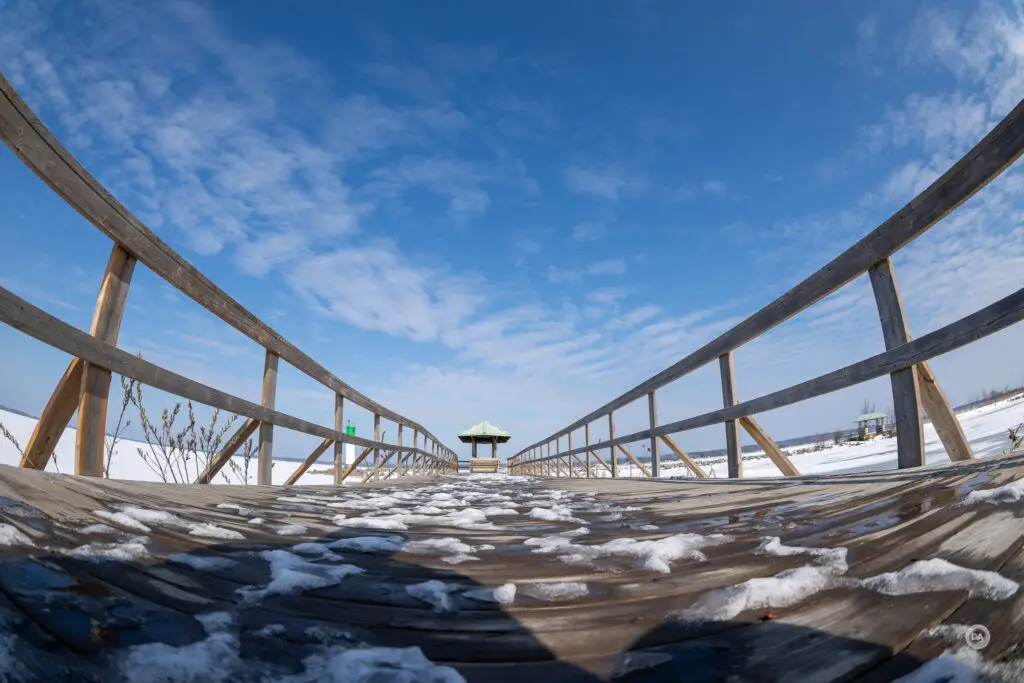
What’s interesting with a diagonal fisheye is that you do have some control over the amount of distortion through the tilt of the camera. Below I composed the same scene with the camera first level (left) and then tilted.
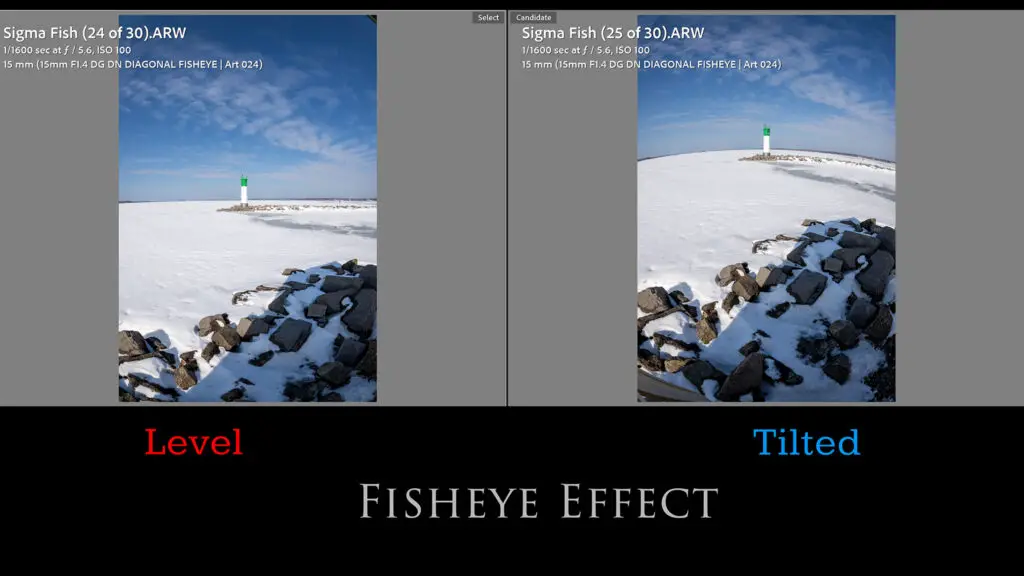
In the first, the horizon is relatively straight. The second image shows a huge curvature as the horizon line moved towards the edge of the frame.
You can make things really extreme with just a little tilt!

We have never seen a fisheye lens quite like this one, so let’s explore what makes the Sigma 15mm Fisheye tick.
Build and Handling
I doubt that the Sigma would have made this lens if they hadn’t also made the 14mm F1.4 DN ART lens (my review here). While these two lenses aren’t identical in size (the fisheye is slightly bigger and heavier), it is very clear that that the two share a lot of design elements. They look nearly identical in terms of the physical shape, features, and even the tripod collar.

I suspect that there is some similarity on the inside as well, as some of the same engineering design that went into making the world’s first 14mm F1.4 autofocus lens (for full frame) also enabled the world’s first F1.4 full frame fisheye lens. It makes sense, however, as probably neither of these lenses are going to move enough copies to be overly profitable, but sharing some engineering and tooling between the two lenses will probably help Sigma get a reasonable return on this investment of capital.
This is a BIG lens. It weighs in at a whopping 1400g (48oz), which makes it heavier than their recent 70-200mm F2.8 Sport telephoto zoom (1345g). That makes it heavier than the 14mm F1.4 by 230g. Sony’s 14mm F1.8 GM lens weighs only 460g – some 3x lighter! You will definitely notice the weight when carrying this beast around.

The lens barrel is made up on a combination of metal and what Sigma calls TSC (thermally stable composite), which is a high end engineered plastic.
It is also large in both diameter and length: 104 x 159.9 mm (4.1 x 6.3″), which is about 2.5mm wider and 10mm longer than the 14mm F1.4 ART.

Those who bought into mirrorless with the idea of traveling small and light will need to look elsewhere.
You know that this is a massive fisheye lens when it comes with a tripod collar and foot! The tripod collar will allow for better balance when working from a tripod with such a heavy lens, though I found it is a bit of pain when out hiking with the lens. The tripod foot really dug into me (something about the shape!) when carrying the lens/camera on a strap, so I ended up rotating the foot to the side (you can rotate it 360°).
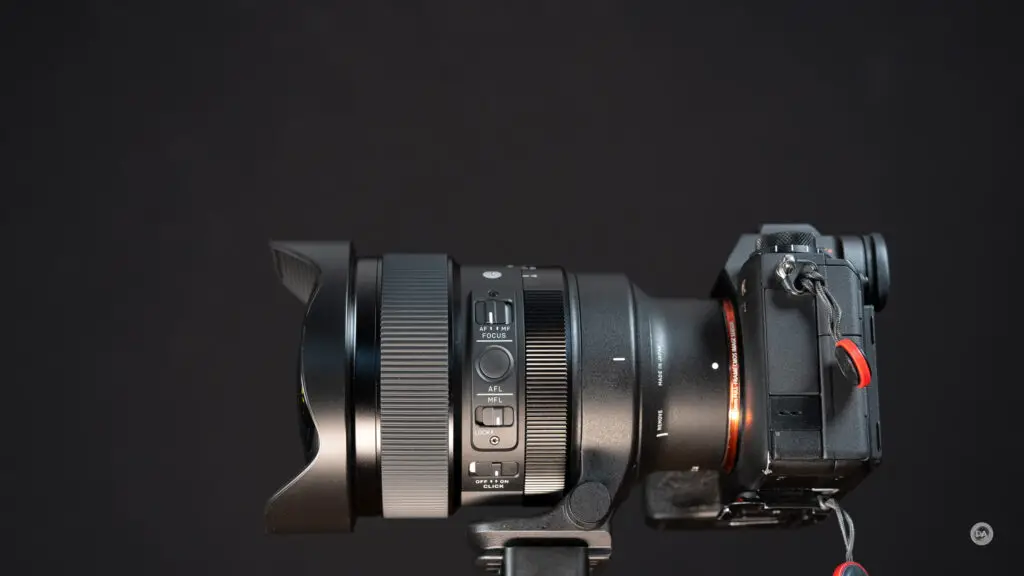
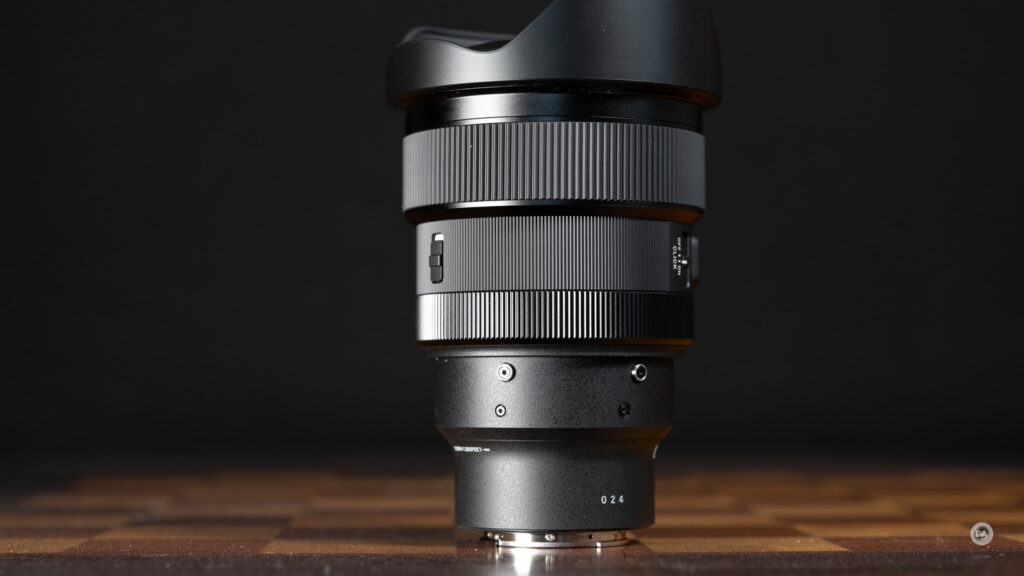
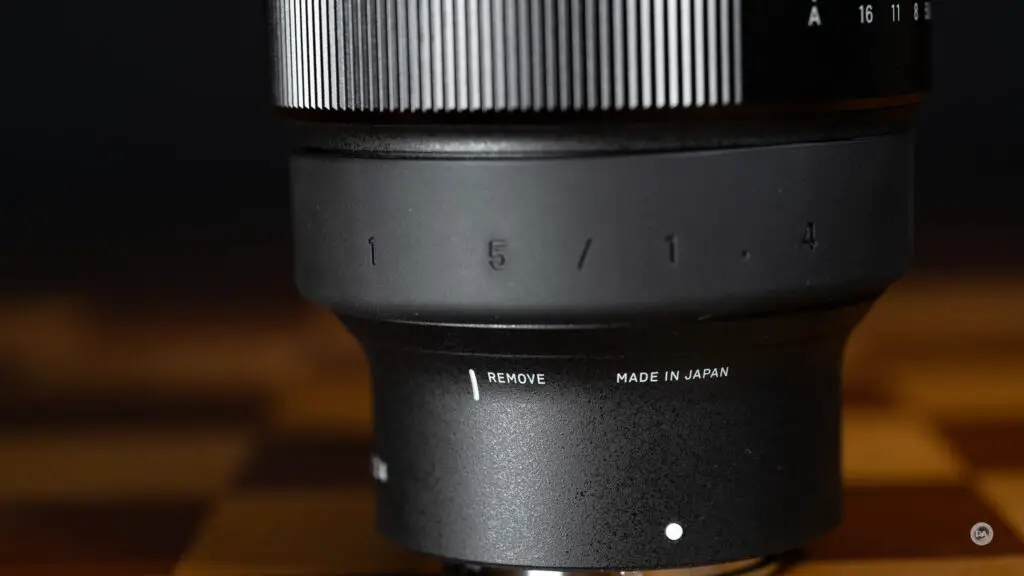
This was much more comfortable, though better still in that situation is the option to remove the tripod collar itself. Sigma provides a rubber ring that will fit into place over the exposed screws if you choose to remove the tripod collar.
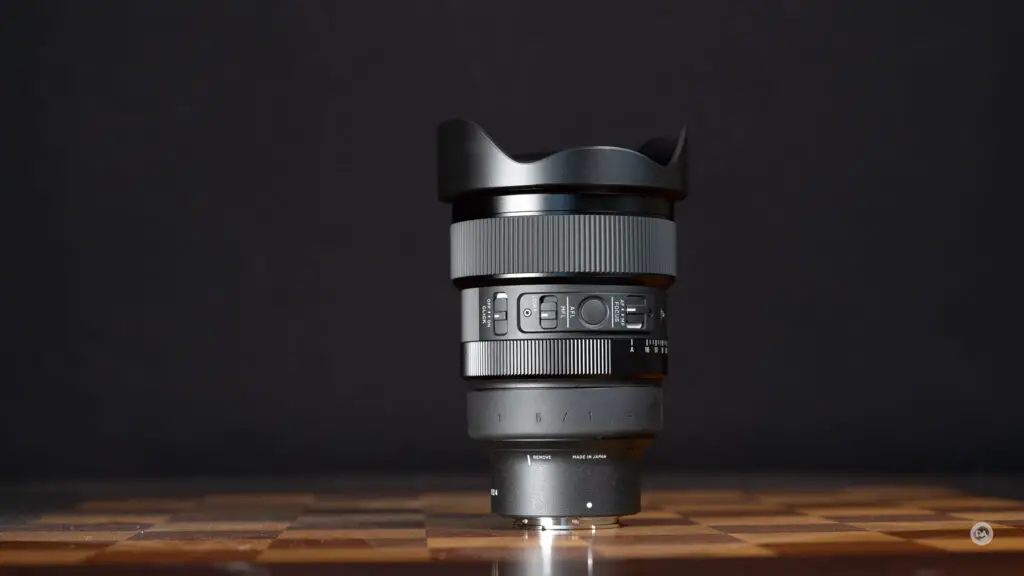
The tripod foot is Arca-swiss compatible, allowing it to fasten right onto most tripods without the need for using a quick release plate. My only complaint here is that tripod foot remains very close to the lens barrel, which leaves almost no room for those of us accustomed to carrying a lens by the tripod foot.
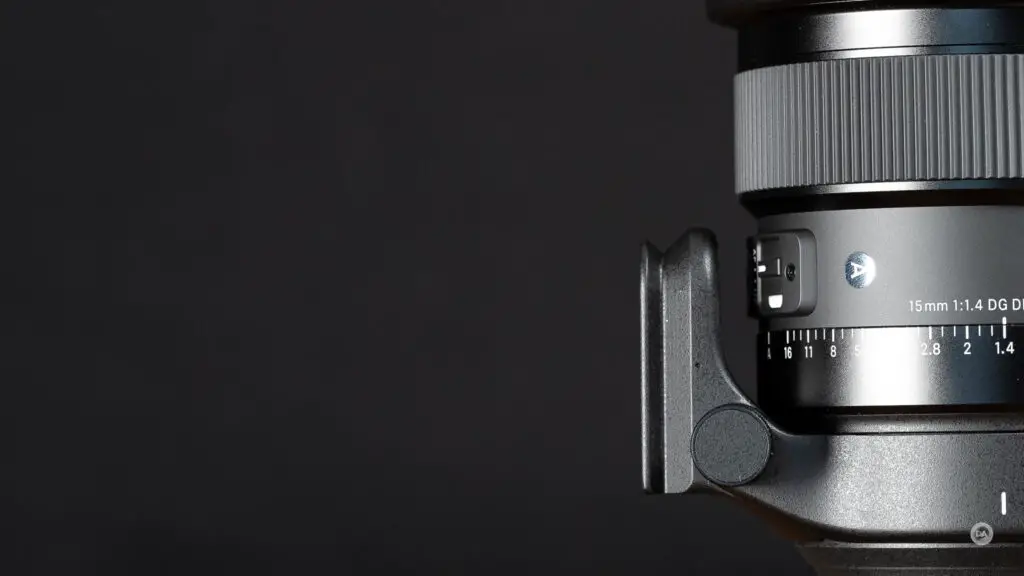
The lens receives a thorough degree of weather sealing, starting with a gasket at the rear mount, internal seals, and a water and oil repellant coating on the front element.
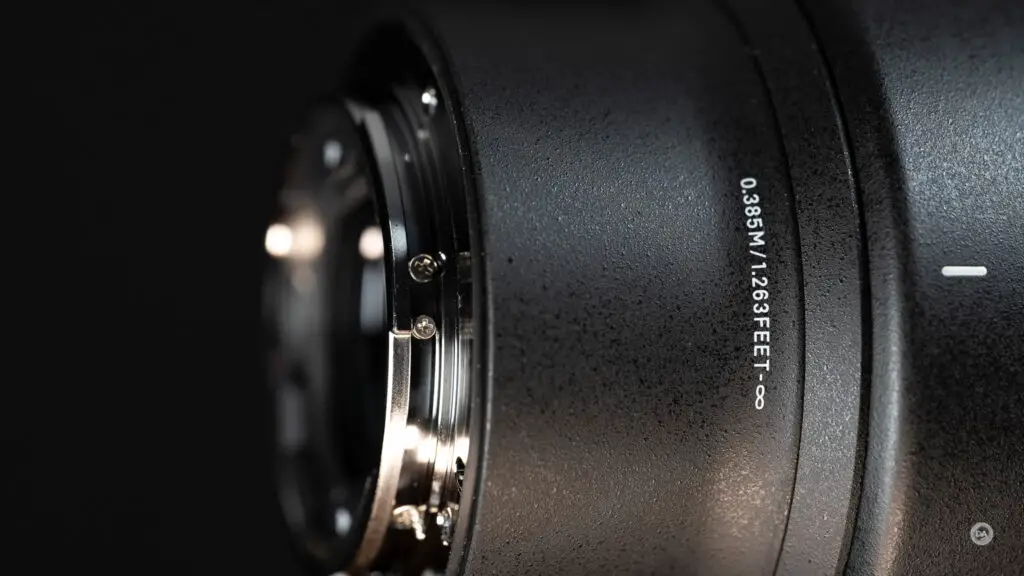
And that front element is MASSIVE. It looks like acres of glass as you look into it.
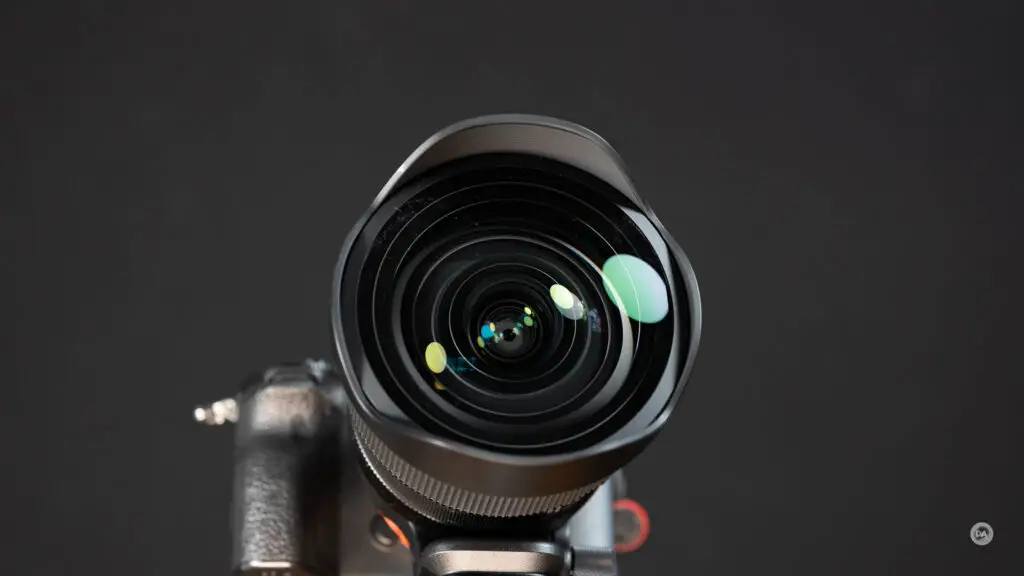
Clearly traditional filters are out of the question. This design has an integrated lens hood that largely serves to protect the very large curved front element, and there are no traditional lens threads there. Filtering will have to come at the back of the lens, where Sigma has integrated their GP-21 filter holder where you can use gel filters.
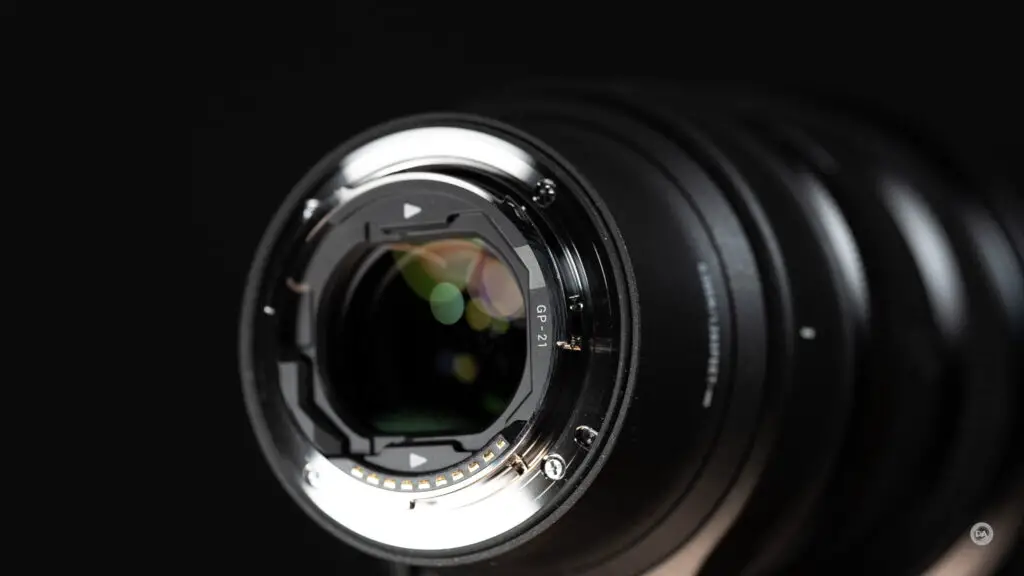
Sigma does provide a template for cutting sheet type filters (also called gel filters), and, like the 15mm F1.4, they’ve created storage space for such filters in the lens cap. I’m not sure how practical these filter slots are, however, as the “doors” on the lens hood only open up a crack. This won’t accommodate anything but a sheet filter; definitely nothing with a frame.

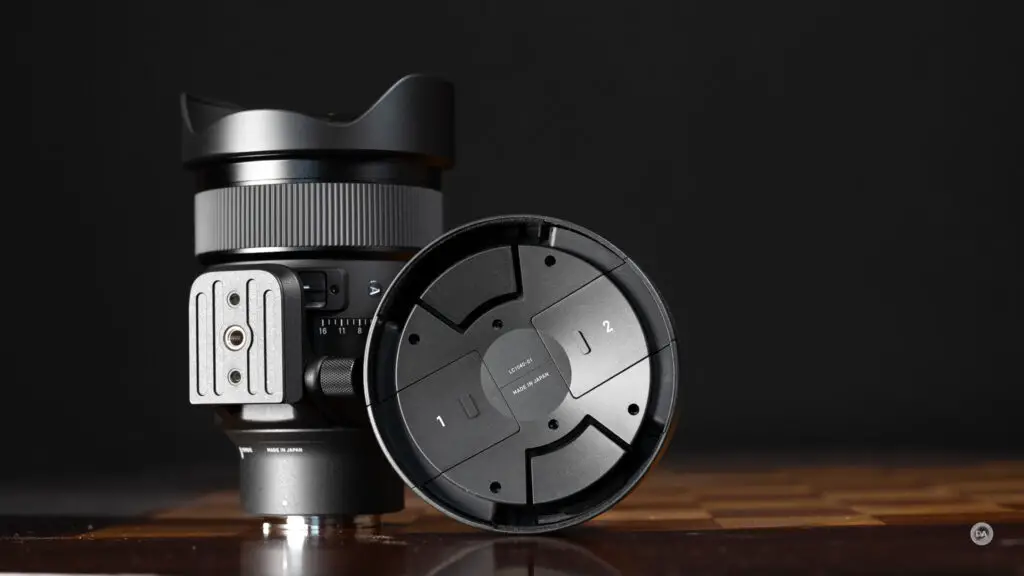
Another interesting thing about the lens cap is that while it is the traditional design that slips over the fixed lens hood common to lenses with this design, Sigma has uniquely designed this particular lens cap to where it has a traditional front pinch design. This allows it to actually lock into place and prevents it from ever slipping off inadvertently. The sheer size of everything here makes the cap both huge and heavy. I weighed it in at 90g, which is only 30g less than the Canon RF 28mm F2.8 STM lens I reviewed a few months ago!
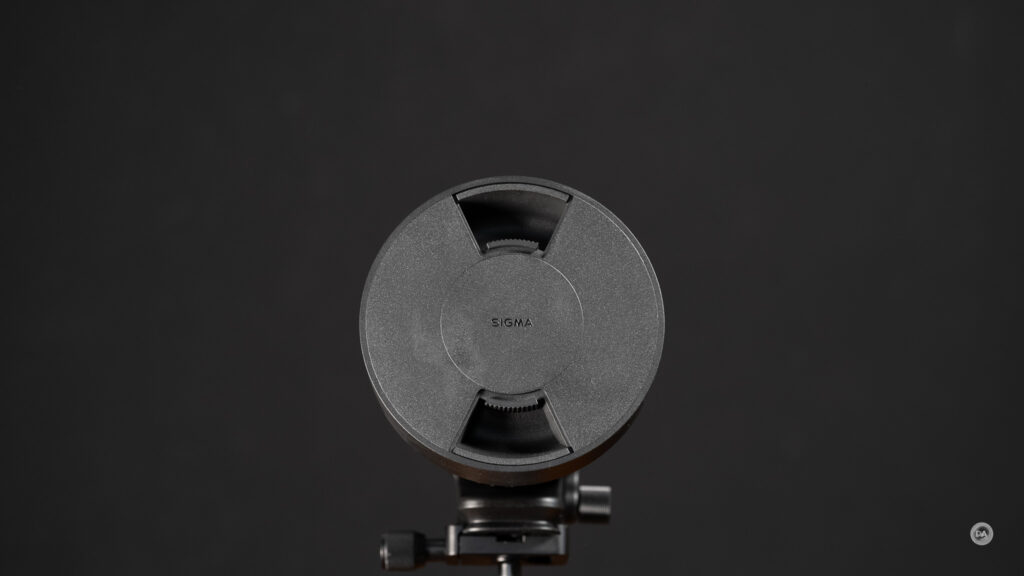
The 15mm Fisheye does have new lip built into the front of the lens that is designed to help hold a lens heater in place for those that shoot in cold, moist conditions and want to prevent condensation from forming on the front element. I’ve not personally encountered this issue (or ever used a lens heater), but if you happen to be in the target audience for this feature, I’m sure you’ll be glad for it.
Sigma’s current lens design philosophy is that Sigma ART lenses are going to have everything that a Sony G Master lens would have…and even more. This lens has a wide variety of features that help with video capture, astrophotography, time lapses, long exposures, and more. That starts with a robust approach to aperture control. You have a manual aperture ring that can be controlled with “clicks” (with detents at every 1/3rd stop), you can switch it into A (automatic) mode and control aperture from within the camera, or you can flick a switch and have a declicked aperture for video use. There’s also an aperture ring lock that you can employ that serves to keep you either from the manual aperture section (if you don’t like using an aperture ring) or from inadvertently switching into automatic mode if you prefer using the aperture ring.
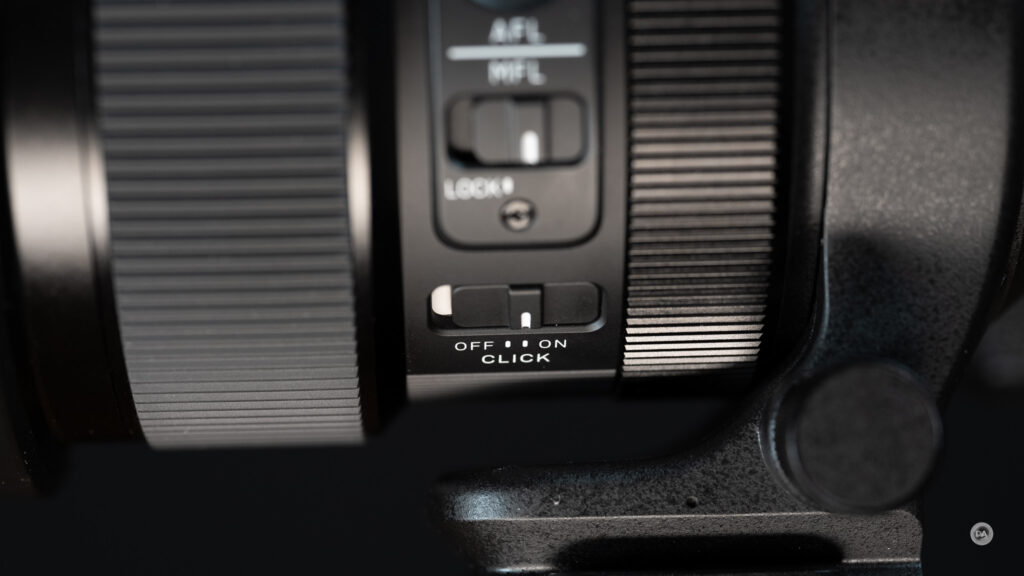
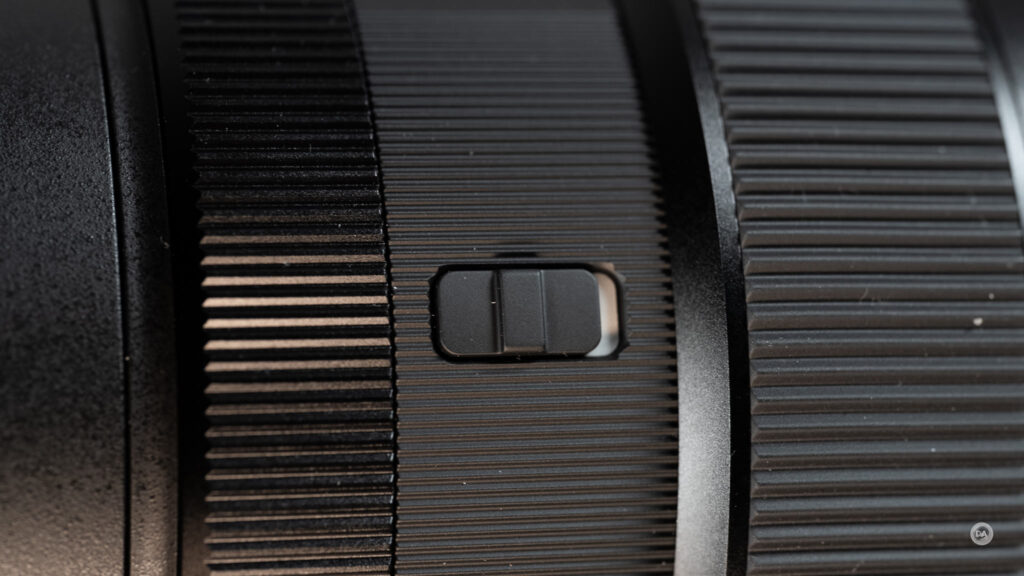
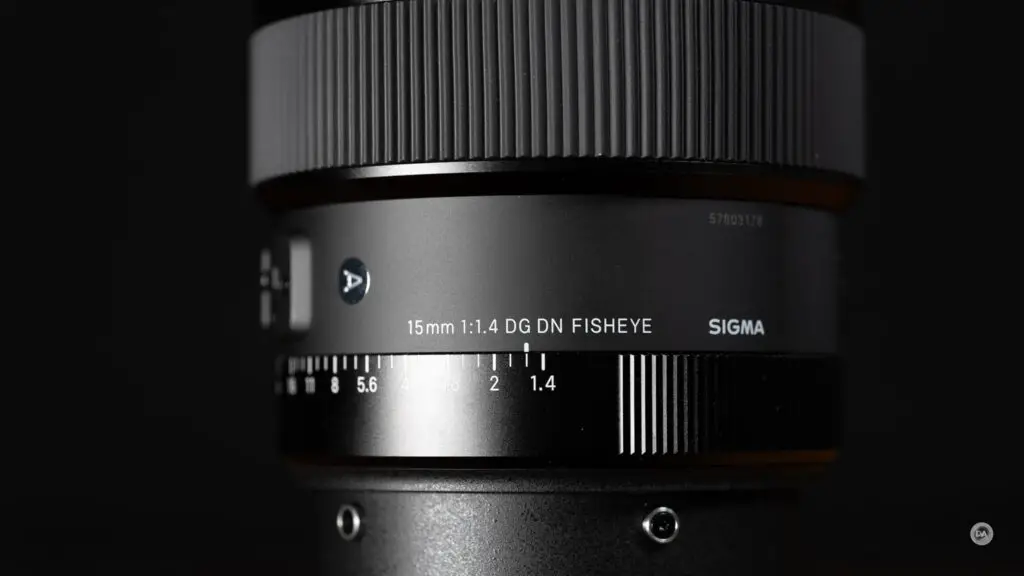
That’s a lot of control over how to approach aperture, and its worth noting that all of Sigma’s switches have a nice two-tone look where you can see white if engage in one direction or black if engaged in the opposite direction. The aperture iris itself has a high blade count of 11, which makes for a nicely rounded aperture even stopped down.

There is an AF/MF switch along with a function/focus hold button (which can be programmed to various functions from within the camera). Both of these are very welcome as they add functionality to the control of the lens.

There is also a new feature here that is really designed with astrophotographers in mind, and that is a lock button for the manual focus ring. This allows you to preset a focus position (like for the stars) and lock it into place. That would allow you to transport the lens on site (in the dark) and know that focus is already in the proper position.
In every detail this is an extreme instrument. There’s not really anything conventional about it. Setting that aside, however, one has to conclude that this is a feature rich lens that has a beautiful degree of construction. It feels very high grade and professional. Sigma’s design language and use of varying textures has really held up well. They include plenty of accessories and have an eye for quality. The 15mm Fisheye is a very nice lens…you just need to be strong enough to carry it around!

Autofocus and Video
Sigma has employed their newest and best autofocus system on the 15mm Fisheye. They call it HLA (High Speed Linear Actuator), which is a high powered linear motor. While it is debatable that such a robust focus system is necessary here (depth of field is almost always massive with such a lens), this is an F1.4 lens with big and heavy elements. The high price of the lens dictates that Sigma is going to put all of their best technologies in this lens.
Autofocus speed is resultingly nice and snappy, with near instant transitions from one focus point to another whether indoors or out of doors (that F1.4 aperture helps!). Focus is quiet and smooth.
The lens does fine with things like eye tracking, though again the extreme depth of field means that just about everything is in focus unless you’re right on top of it.
Video autofocus was disciplined as well, without jumping or pulsing. Focus transitions from one point to another were smooth and very fast. My hand test went fine as well, with good transitions from my hand to my face and vice versa. I suspect you might actually want to slow focus down via the camera menu
This is the not the kind of the lens that typically would put a lot of stress on a focus system, but there’s also no question that autofocus works great. When you consider the fact that A) fisheye lenses usually aren’t autofocusing and B) this is the first full frame fisheye with an F1.4 aperture, that adds up to impressive engineering from Sigma.
Image Quality Breakdown
The Sigma 15mm F1.4 DG ART employs a fairly complex optical formula of 21 elements in 15 groups, unusually high for a prime lens. This includes 4 FLD elements, 3 SLD elements, and 2 aspherical elements, for a total of 9 exotic elements. Obviously having an F1.4 aperture is unique here, which allows more versatility in low light conditions. But Sigma has also created the expectation that their ART series lenses will deliver real, usable performance at F1.4, so that’s a tall order here. Fortunately they have managed to pull it off, as this lens can deliver fairly strong results even at F1.4:
Doing a lot of my typical tests are just not possible with a lens like this. Trying to get close to a test chart results in this:
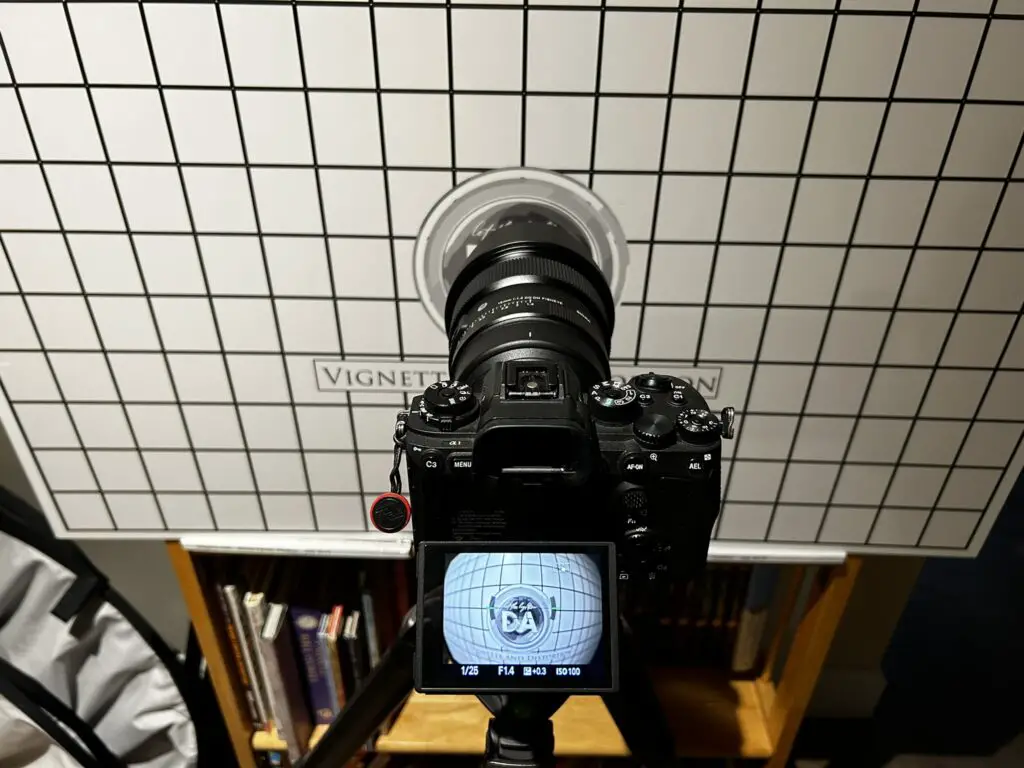
In fact, even I positioned the camera right in front of my double-wide garage door to try to get a white background for distortion and vignette, I could not eliminate getting a little of the outer frame in the shot…and that door is nearly 16 foot wide!
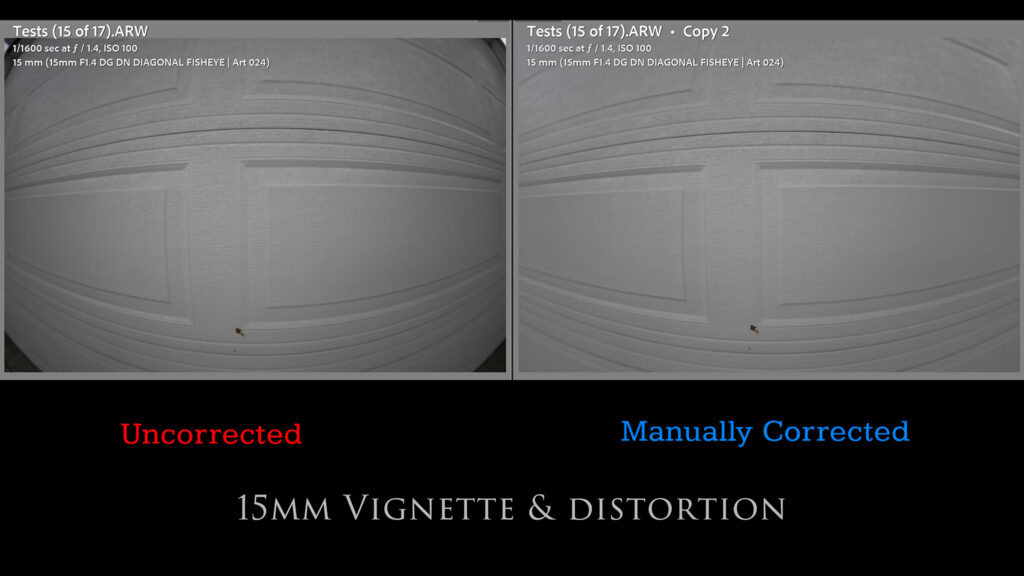
Maxing out that distortion slider is not enough to get anywhere near to making the lens rectilinear, but vignette at F1.4 isn’t bad; I used a +45 to result in an even illumination, which is less than 2 stops. You can see that a lot of the vignette naturally clears up by F2.8:

Now, what’s interesting is that Sigma does have a profile for the lens that does correct the distortion and make it rectilinear, though at the cost of a lot of width. Here’s what that looks like:
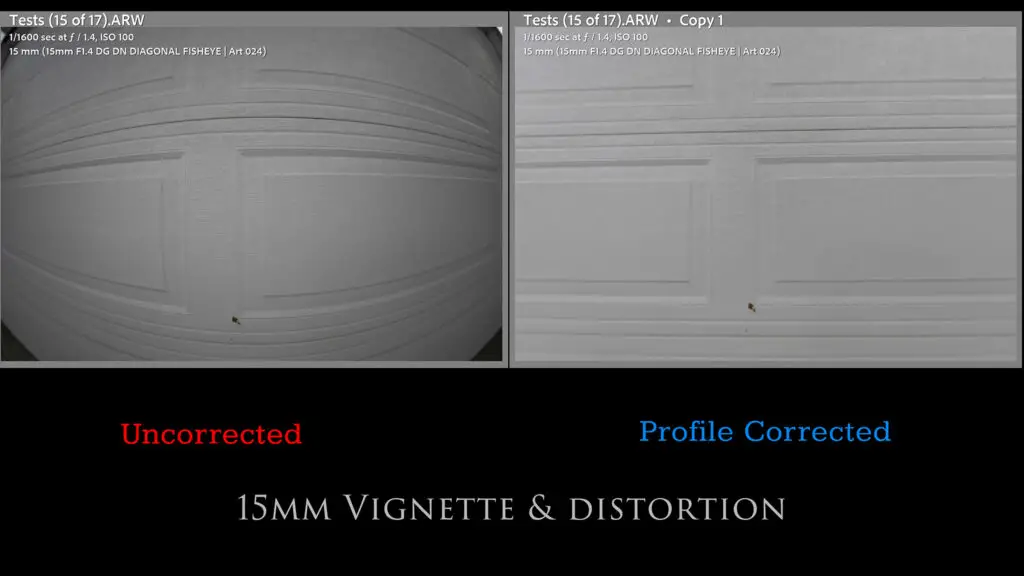
And here’s an example with a real world image:
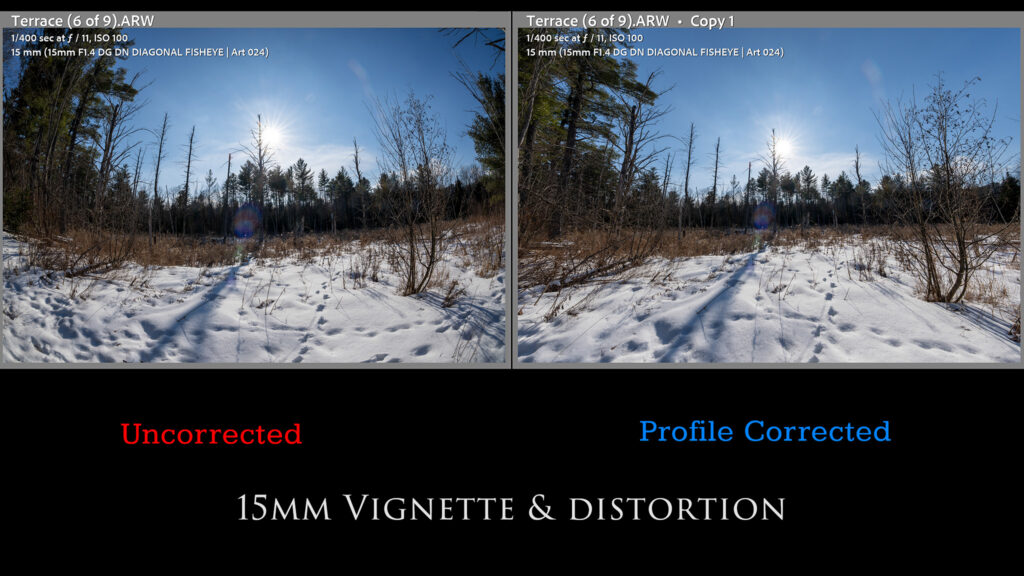
That’s an interesting bonus to the lens, as you kind of get two lenses in one. There is a cost, however, as there’s a little trickery going on there. It’s clear that applying the profile results in a good portion of the image being cropped off, but Lightroom still shows the corrected image at the full resolution (in this case of my Alpha 1, so 50MP…or 8640 x 5760 pixels). But if I look at the image at 100%, the resolution clearly isn’t as high as the original, uncorrected version, so I suspect the image is being automatically scaled back up after being cropped, so it isn’t quite as sharp at a pixel level.
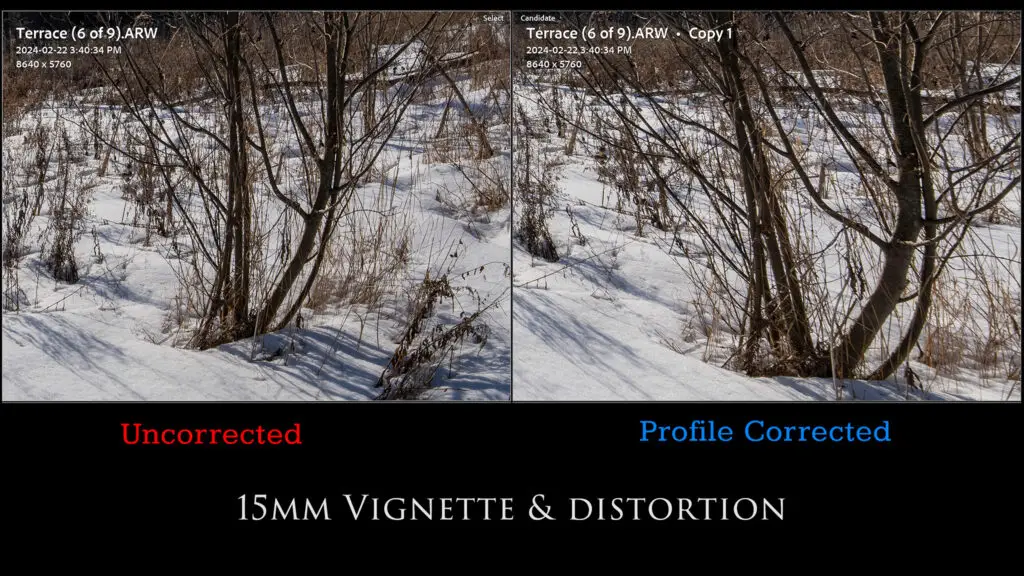
Clearly I’ll have to rely on more real world results for evaluating lens performance. So here’s a look at how the lens handles LoCA (longitudinal chromatic aberrations). You see see no fringing on these high contrast areas of the image even at F1.4, so great stuff here.
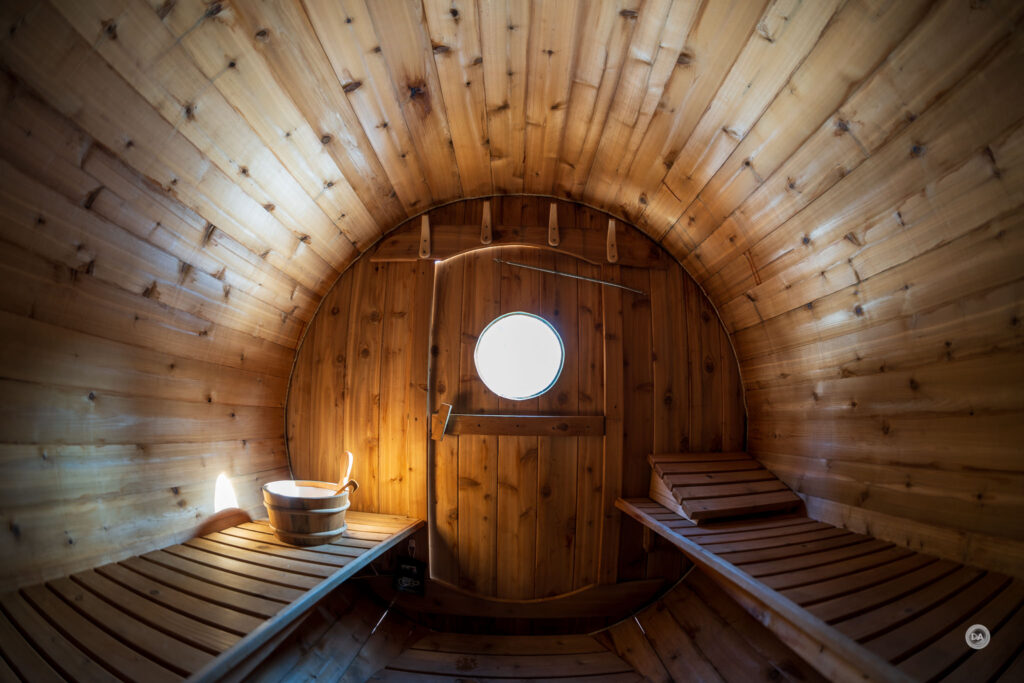

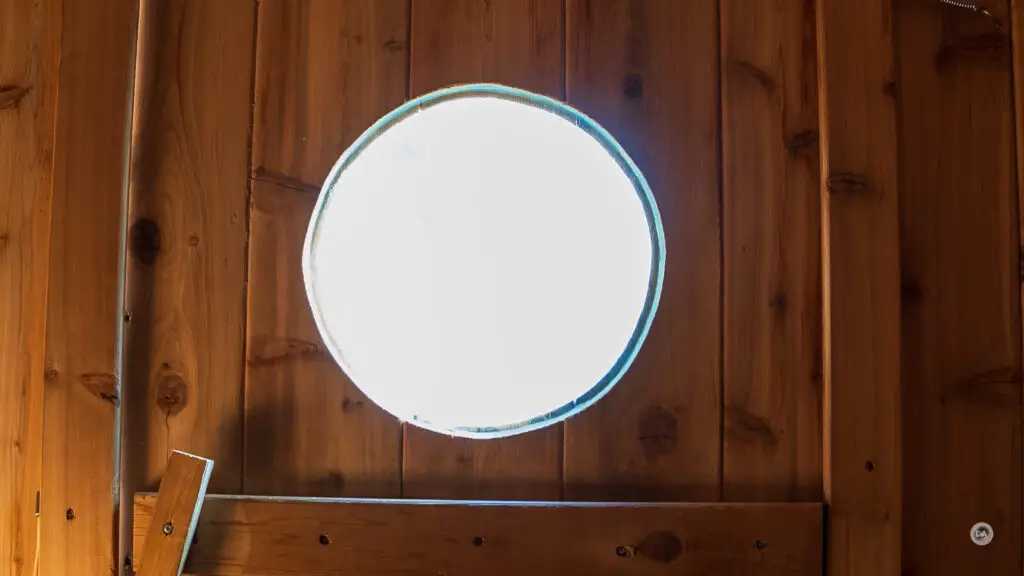
I also see no lateral CA along the edges of images in high contrast transitions like these bare branches against the sky.


So how about sharpness? In this case I’m using a real world image shot from a tripod across the aperture range. The results are a little less controlled than in the lab, but the sequence of images was shot across about a minute’s span, so the results are at least consistent. I’m using the 61MP Sony a7RV for this test. Showing real world results at 200% isn’t the same as my test chart, so we’ll just look at these at 100%…the way you would look at real world results. Here’s the scene that we’ll look at crops from at various apertures.
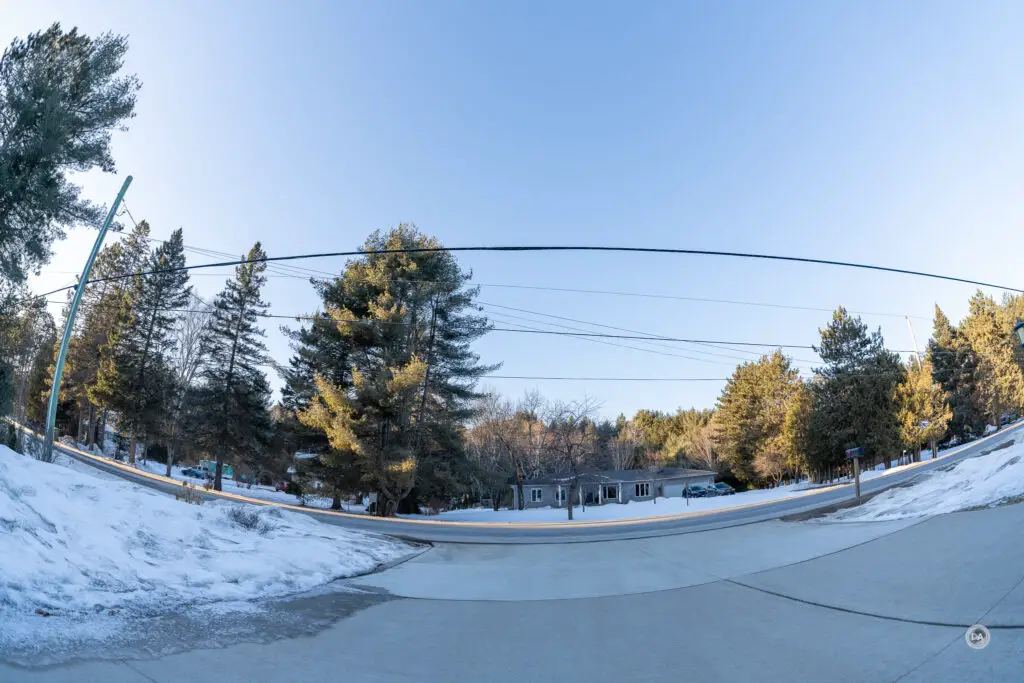
In the center of the frame the lens is crisp and detailed even at F1.4, though you can see that there’s more contrast and detail at F2 (right side). Look at the old wagon wheel on the left side of the image and you can see how much more detailed it looks (or at least I can clearly see that on the original!)
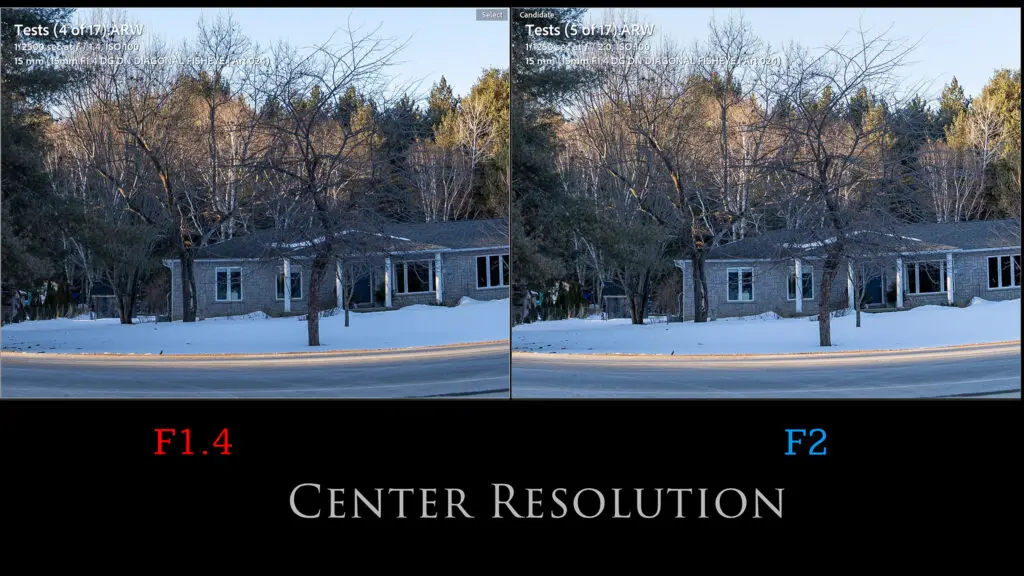
Things still look good out towards the edge. Stopping down to F2 brightens those edges and gives a little more detail.
There’s a more significant improvement from F2 to F2.8, which we will sample from the other side of the image:
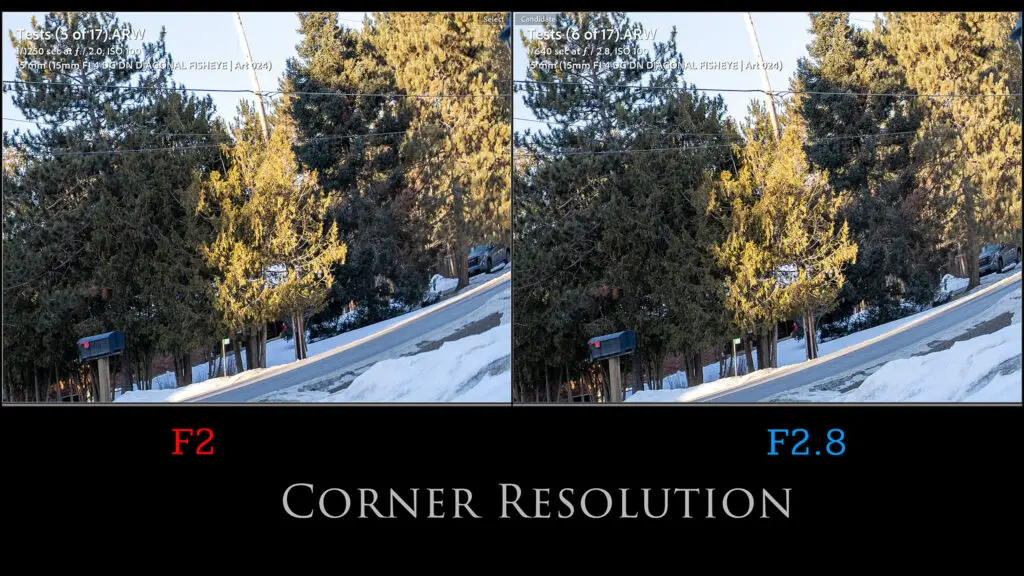
I’m hard pressed to say whether F5.6 or F8 is sharper, but the good news is that the 15mm Fisheye is consistently good throughout the typical landscape apertures.
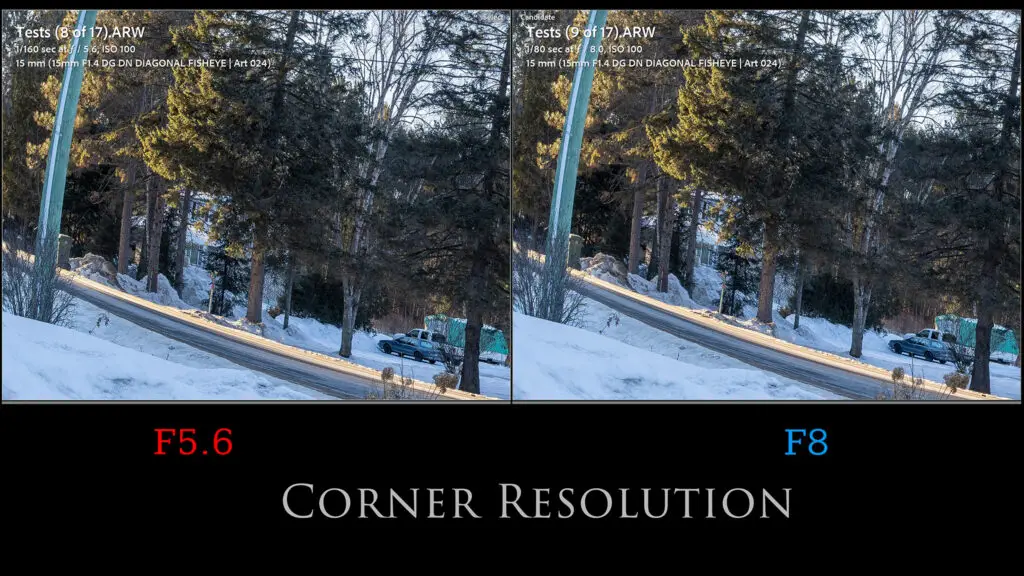
There’s a bit of diffraction effect by F11 (very slightly softer), but it is more noticeable by F16 where contrast drops more noticeably.
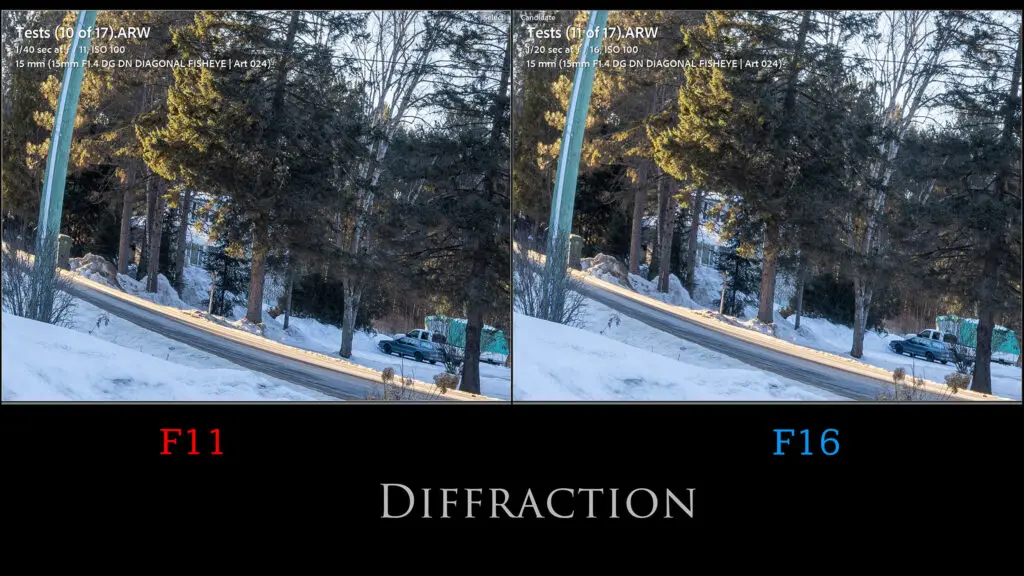
The minimum focus distance is 38.5cm (15.2″), which produces 0.06x magnification. That’s extremely low, but is the byproduct of both the extremely wide angle of view and the intense distortion.
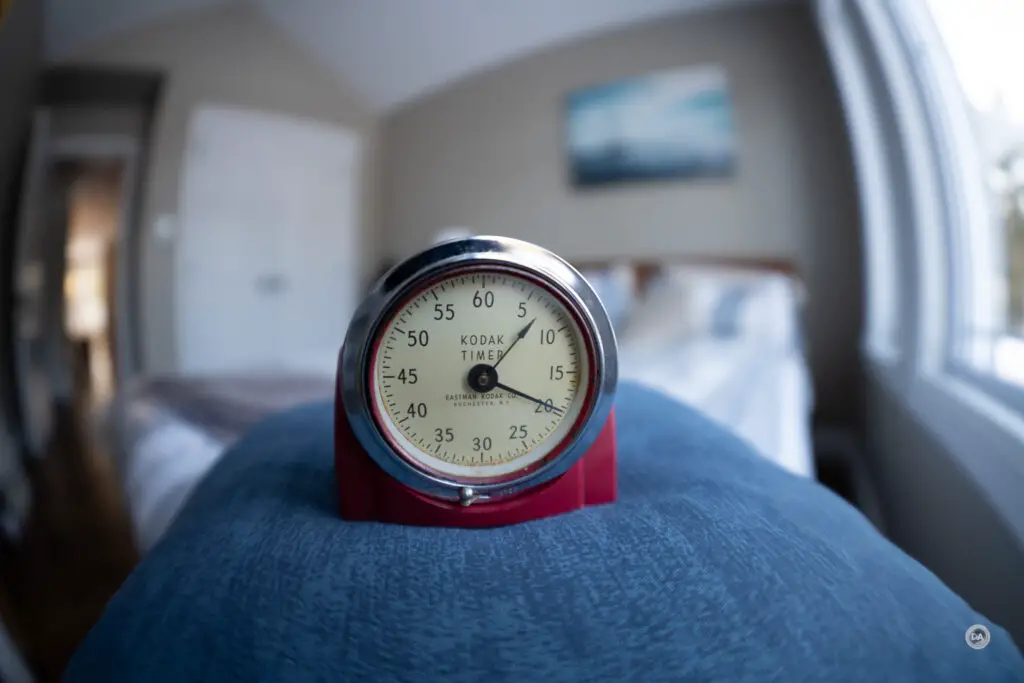
You can still produce some wacky and wonderful images, however, and, thanks to the F1.4 aperture, strongly blur out the background.

The lens is noticeably softer at closer focus distances and F1.4, like this photo of Nala:


Stopping down to F2 or smaller (F2.8, preferably) is imperative to get good close up image quality. You can see a pretty astounding difference between F1.4 and F2.8 here:
Stopping down to F2 or smaller (F2.8, preferably) is imperative to get good close up image quality. The lens is noticeably soft at closer focus distances and F1.4, like this photo of Nala:
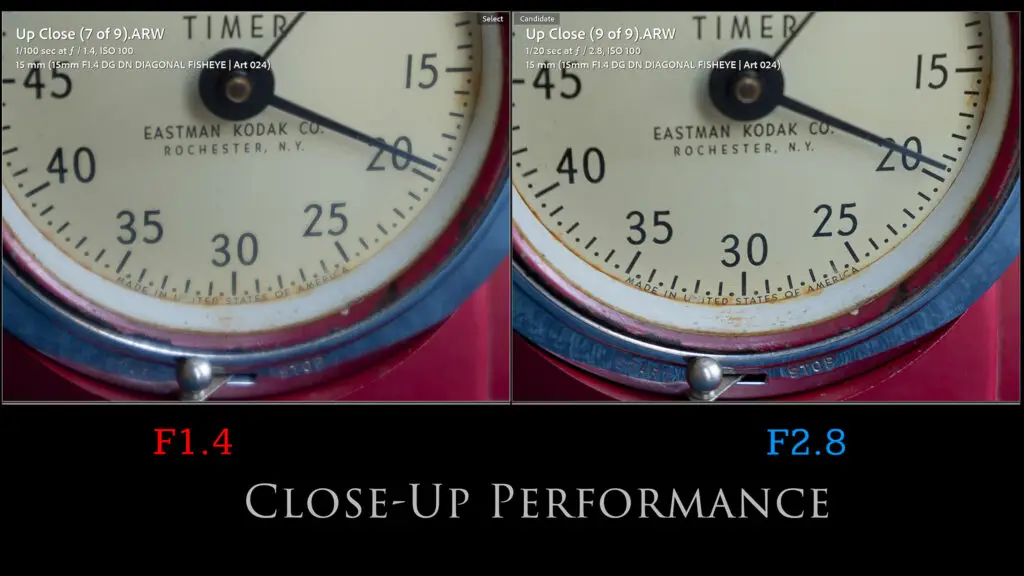
This is not the kind of lens that you buy to make bokeh with, obviously, but the F1.4 aperture does allow for some extra creativity in this regard that most fisheye lenses are not going to provide.

One of the most important metrics for evaluating this lens is seeing how it handles coma, as astrophotography seems to be the thing that Sigma is promoting as the main reason for this lens’ existence in their marketing literature. So how does it fare?

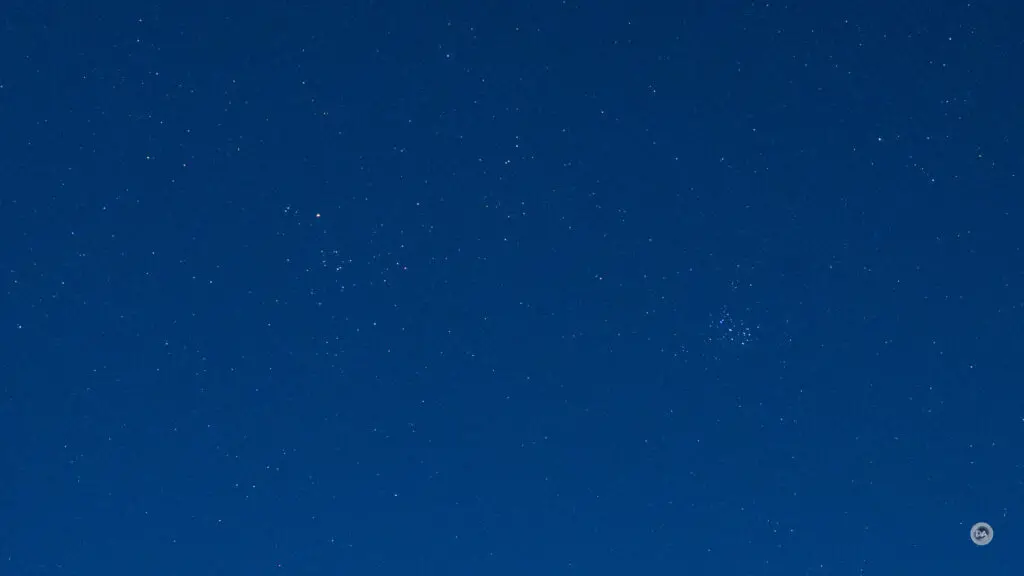
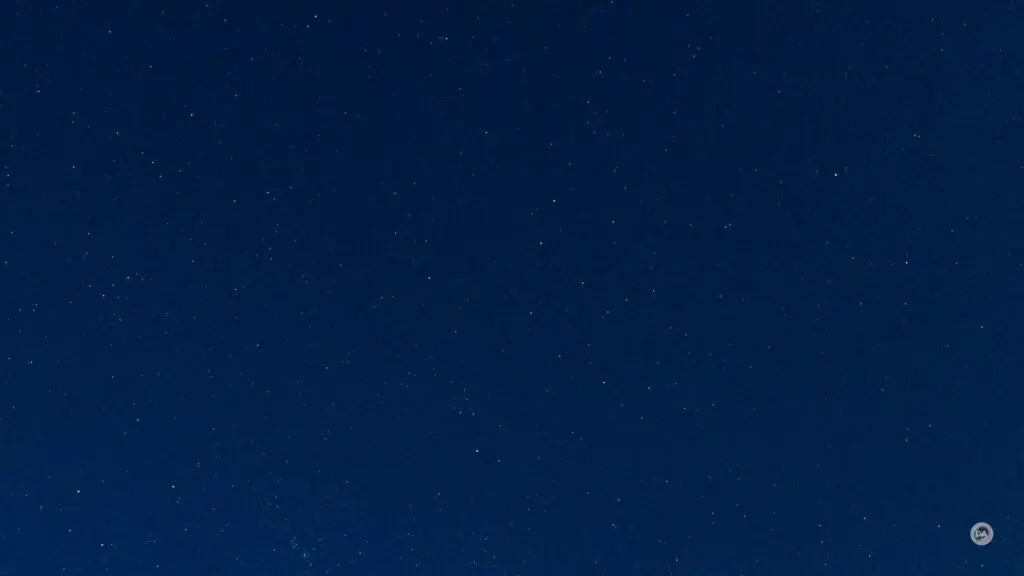
Extremely well, as it happens. First of all, coma is very well controlled. You can see from the third image above (taken from extreme upper right corner of the image) that came is extremely well controlled even at F1.4 in the corners of the frame. Vignette is quite moderate with this lens, which means that it is easy to correct it without creating a lot of additional noise in the image. A maximum aperture of F1.4 means that I was able to get a well exposed night sky image at ISO 800 and a 2 second exposure, which A) keeps noise down in the image and B) helps to keep star points crisp as there isn’t time for their movement to start to stretch or distort them.
The only challenge will be compositionally. That extreme angle of view means that you either need a very wide open space (no trees or buildings) to avoid having them in your images, or at the least you need to have something visually interesting to be included in the image. You do have the option of using the defish option through the Sigma profile, so I took the same photo from above, defished it, and then did a fresh crop. It makes for an interesting image, though the tilt upwards of the camera does mean that the trees retain and extreme lean.

There’s no denying that this is a powerful astrophotography tool, however. Star points are incredibly crisp, and that huge front element and large aperture sucks in the light.
Sigma has also done a fantastic job with the coatings on the 15mm Fisheye, as I so next to no resulting flare related issues when pointing this lens at the sun. That’s really important in a lens like this, as the extremely wide angle of view means that leaving the sun out of the frame will often be difficult. The Sigma handled flare like a champ, though:
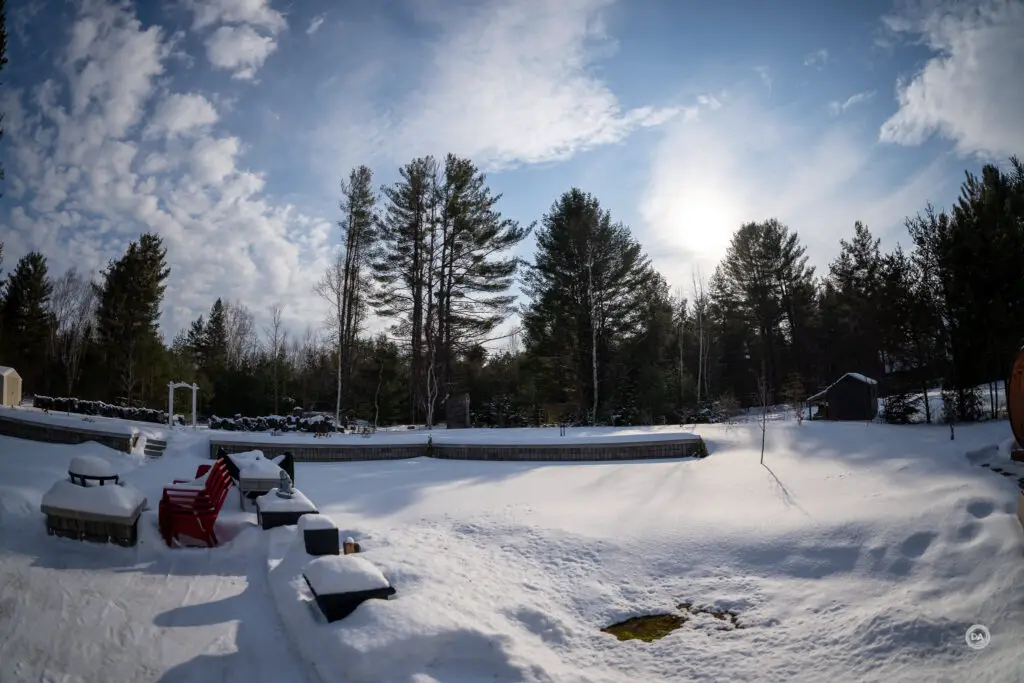





Fisheye lenses are a lot of fun when you embrace the wackiness. I had a good time visiting familiar settings and viewing in them in a whole new way.

This lens is optically impressive in a way that no fisheye I’ve reviewed has been, though, to be fair, it costs 7-8x more than many of them. If you want to see more photos, check out the image gallery here.
Conclusion
The Sigma 15mm F1.4 DG DN | ART diagonal fisheye lens is basically a niche lens for an already niche market. I’m not sure what the percentage of photographers who own fisheye lenses is, but I’m suspecting it is pretty small. And if you break that small demographic down to those who use fisheye lenses enough that they are willing to invest in a 3 1/2 pound, $2000 beast, its almost certainly got to be a even smaller number. But in many ways, that is neither here nor there. I’m not one of those people, but that doesn’t mean that I can’t appreciate what Sigma has accomplished here.

This is a lens of firsts, and despite the extremes that Sigma had to engineer through, they’ve pulled it off. This lens works, period, and is sharp from F1.4 on, has great autofocus, and is packed with features. In the hands of the right artists, this will be a lens that will produce very memorable images and is more flexible in the types of environments where it can be effectively used than pretty much any other fisheye lens.

For the vast majority of photographers, the Sigma 15mm F1.4 DG DN ART fisheye is going to be too much of a niche lens to justify spending this kind of money on it. One of the reasons that I praised the TTArtisan 11mm F2.8 fisheye in my review was that it was inexpensive, which makes a niche lens far more palatable. But Sigma knew this when they made it, and they clearly determined that while there might not be a large market for this lens, there will be a market. This may become one of those lenses that has a cult following, particularly among those who find more traditional lenses (and images) boring. If you’re one of those rare people, the new Sigma 15mm Fisheye may be your dream lens.
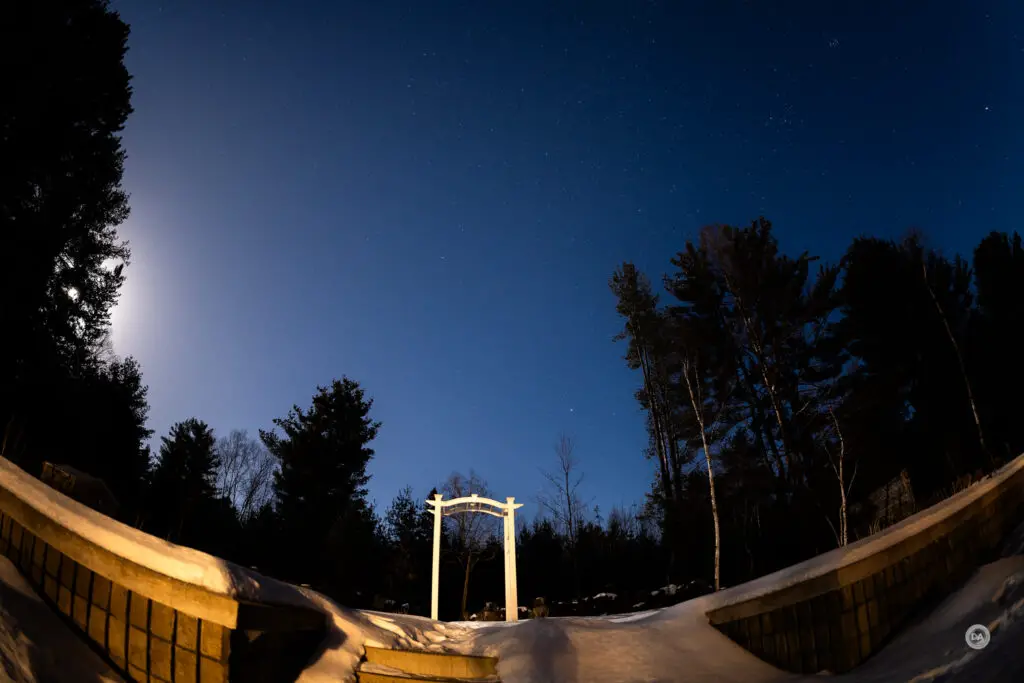
Pros:
- Extremely well built lens
- Thorough weather sealing
- A long list of a features
- Several included accessories like tripod collar and lens case
- Fast and accurate autofocus (first autofocusing fisheye on Sony)
- Good video performance
- First F1.4 full frame fisheye lens
- Sharp from F1.4 on
- Excellent control of chromatic aberrations
- Outstanding coma control – star points look great!
- Low vignette
- Excellent flare resistance
- Option to defish using profile
Cons:
- Large and heavy
- Very expensive for such a niche lens
- Inability to use traditional filters
_________________________________________________________________________
GEAR USED:
Purchase the Sigma 15mm F1.4 Fisheye @ B&H Photo | Adorama | Amazon | Camera Canada | Amazon Canada | Amazon UK | Amazon Germany
___________________________________________________________________
Purchase the Sony a7RV @ B&H Photo | Adorama | Amazon | Camera Canada | Sony Canada | Amazon Canada | Amazon UK | Amazon Germany
__________________________________________________________________
Purchase the Sony a7IV @ B&H Photo | Adorama | Amazon | Camera Canada | Sony Canada | Amazon Canada | Amazon UK | Amazon Germany
_________________________________________________________________
Purchase the Sony Alpha 1 @ Camera Canada | B&H Photo | Adorama | Amazon | Sony Canada | Amazon Canada | Amazon UK | Amazon Germany | Ebay
_________________________________________________________________
Want to support this channel? Use these affiliate links to shop at: B&H Photo | Amazon | Adorama | Camera Canada | Amazon Canada | Amazon UK | Ebay | Make a donation via Paypal
Buy DA Merchandise https://bit.ly/TWIMerch
Keywords: Sigma 15mm F1.4, Sigma 15mm Fisheye, #SIGMA, #SIGMA15mmF14DiagonalFisheyeArt, #SIGMAArt, #SIGMAArtPrime, #SIGMADGDNFisheye, Full Frame, Review, Sony Alpha 1, Sony a7RV, Review, Hands On, Dustin Abbott, Real World, Comparison, Sharpness, Bokeh, Flare Resistance, Autofocus, Image Quality, Sample Images, Video, Photography, let the light in, weathersealing, #letthelightin, DA
DISCLAIMER: This article and description contains affiliate links, which means that if you click on one of the product links, I’ll receive a small commission. As an Amazon Associate I earn from qualifying purchases.










 Viltrox Pro AF 85mm F1.4 FE Gallery
Viltrox Pro AF 85mm F1.4 FE Gallery  Viltrox AF 85mm F1.4 PRO FE Review
Viltrox AF 85mm F1.4 PRO FE Review  Yongnuo YN 35mm F1.8 ART Gallery
Yongnuo YN 35mm F1.8 ART Gallery  Yongnuo YN 35mm F1.8 DA ART Review
Yongnuo YN 35mm F1.8 DA ART Review 


